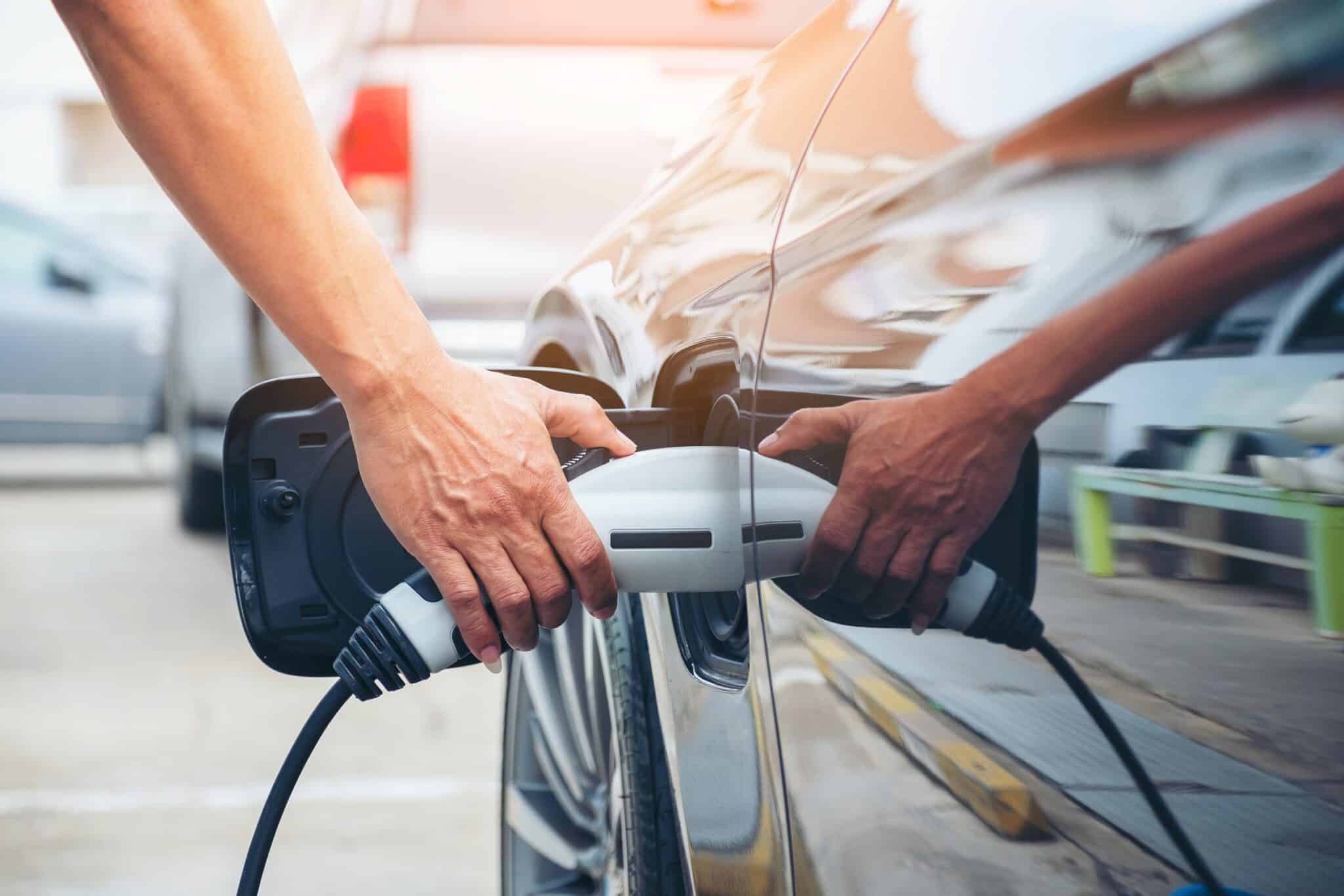Electric vehicle (EV) technology is advancing rapidly and has the potential to become as widespread on roads as traditional gasoline vehicles. Unlike conventional vehicles that rely on gasoline or diesel, EVs operate using electricity. This entails employing an electric motor instead of an internal combustion engine to propel the vehicle. Typically, EVs are equipped with a rechargeable battery that stores electrical energy to power the electric motor. Charging the battery is accomplished by connecting the vehicle to an external power source, such as a wall outlet or charging station.
Components Of Electric Cars
The components of an electric car are like that of a gasoline-powered vehicle, but with a few key differences.
- The electric motor
This is the vehicle’s main power source, converting electric energy from the battery to mechanical energy to drive the wheels.
- A battery pack
This is where the electricity that powers the electric motor is stored. The size of the battery pack varies depending on the model of the vehicle.
- A controller
This is the electronic component that regulates the flow of electricity from the battery to the electric motor
- A charging port
This is where the EV is plugged in to recharge the battery pack.
- Power electronics
Include a range of components that help to manage the flow of electricity in the car, including inverters, rectifiers, and converters.
- Climate control system
Keeps the car cabin comfortable and ensures that the battery is kept at optimal temperature for charging.
How Do Electric Vehicles Work?
Electric vehicles (EVs) are powered by electric motors rather than internal combustion engines. Instead of burning fuel to create motion, EVs use electricity from a battery pack to power their motors. When the driver presses the accelerator, the electric motor converts the electricity from the battery into mechanical energy, which drives the wheels and propels the vehicle forward.
Why Choose Electric Vehicles?
There are several reasons to opt for EVs. For one, EVs are more environmentally friendly than gasoline vehicles since they don’t produce tailpipe emissions. This helps to reduce air pollution and greenhouse gas emissions. Additionally, EVs can be cheaper to operate than gasoline vehicles since electricity is typically less expensive than gasoline. Some people may choose EVs because of their quiet operation and smooth acceleration.
How Different Are EVs From Gasoline Vehicles When Driving?
EVs and gasoline vehicles are different in several ways when it comes to driving. For example, EVs are typically quieter than gasoline vehicles since they don’t make the same engine noise. In addition, EVs tend to have better acceleration than gasoline vehicles since electric vehicles produce their maximum torque at low speeds. This means they can accelerate more quickly from a stop than gasoline vehicles. Another obvious difference is that EVs are powered by electricity while gasoline vehicles are powered by gasoline. This implies that EVs must be charged regularly, while gasoline vehicles need to be refilled with gasoline.
Types Of Electric Vehicles
Before you purchase an electric vehicle, it’s crucial to know the different types to make an informed decision.
- All-electric vehicles; also known as EVs, are powered solely by electricity from a battery pack. They don’t have an internal combustion engine, and they don’t produce any tailpipe emissions.
- Plug-in hybrid electric vehicles, also known as PHEVs, have an electric motor and an internal combustion engine. They can be charged by plugging them into an electric power source and using gasoline to generate electricity and extend their range.
- Fuel cell electric vehicles, also known as FCEVs; use a fuel cell to generate electricity. They typically use hydrogen as the fuel, producing water vapor and heat as their only byproducts.
Conclusion
While electric vehicles (EVs) were initially conceived in the 18th century, they failed to gain mainstream traction and remained dormant in terms of technological advancements until recent years. As a result, the future trajectory of EVs is challenging to predict with absolute certainty. Nonetheless, numerous experts anticipate a significant role for EVs in the transportation landscape ahead. With ongoing improvements in EV technology and affordability, their popularity and adoption rates are expected to rise. Furthermore, escalating concerns regarding climate change and air pollution are likely to drive governments worldwide to implement policies favoring EV adoption. These measures may encompass financial incentives for purchasing EVs and regulations that restrict the use of internal combustion engine vehicles. Ultimately, EVs are poised to play an increasingly pivotal role in transportation in the foreseeable future.


